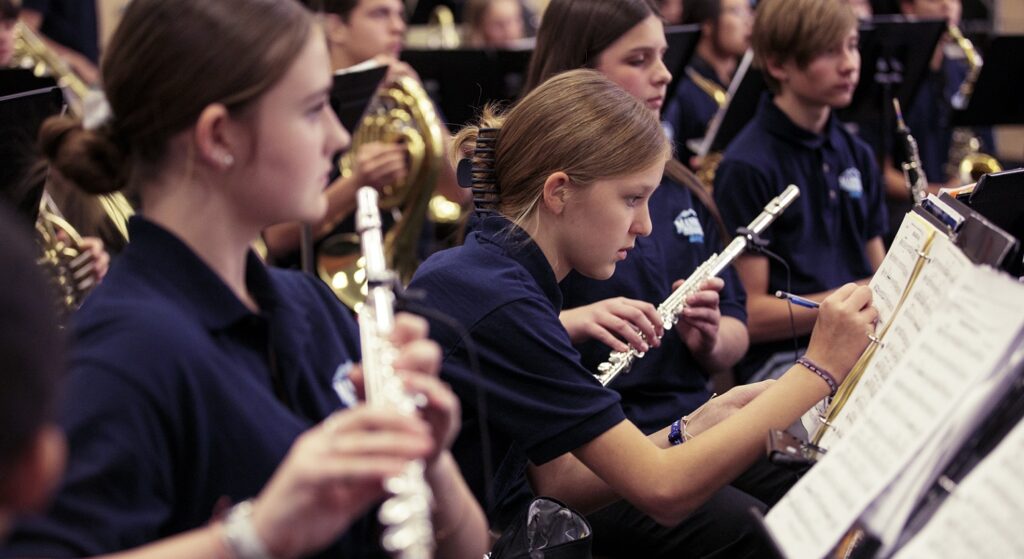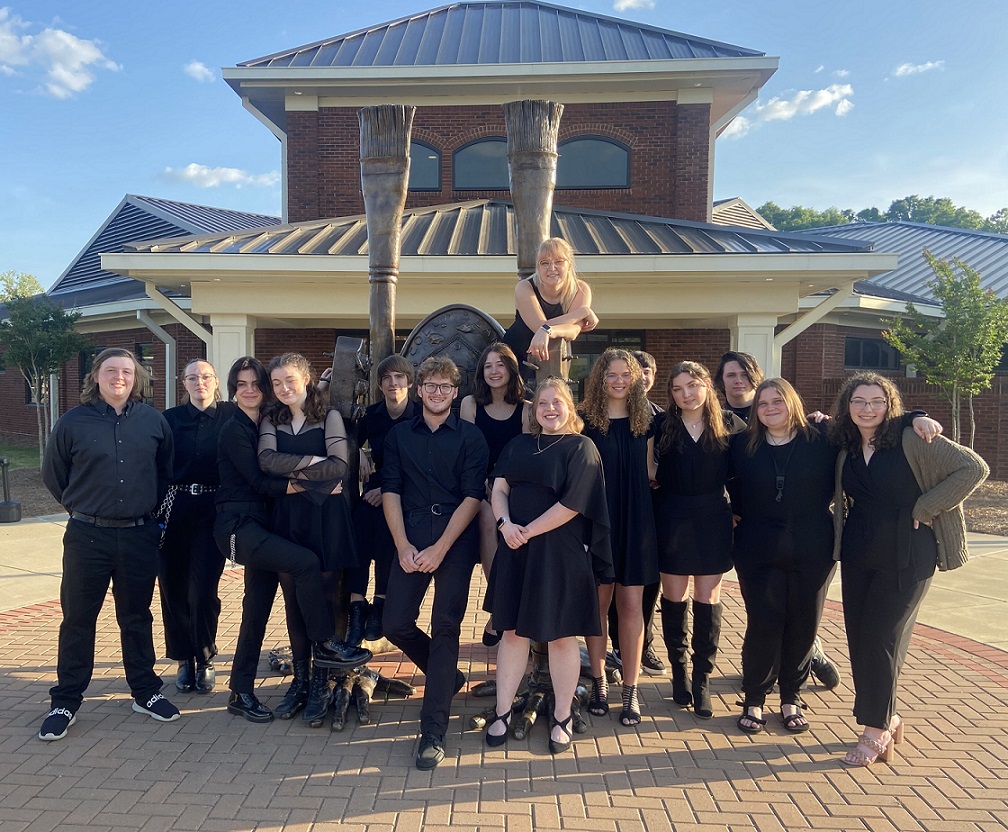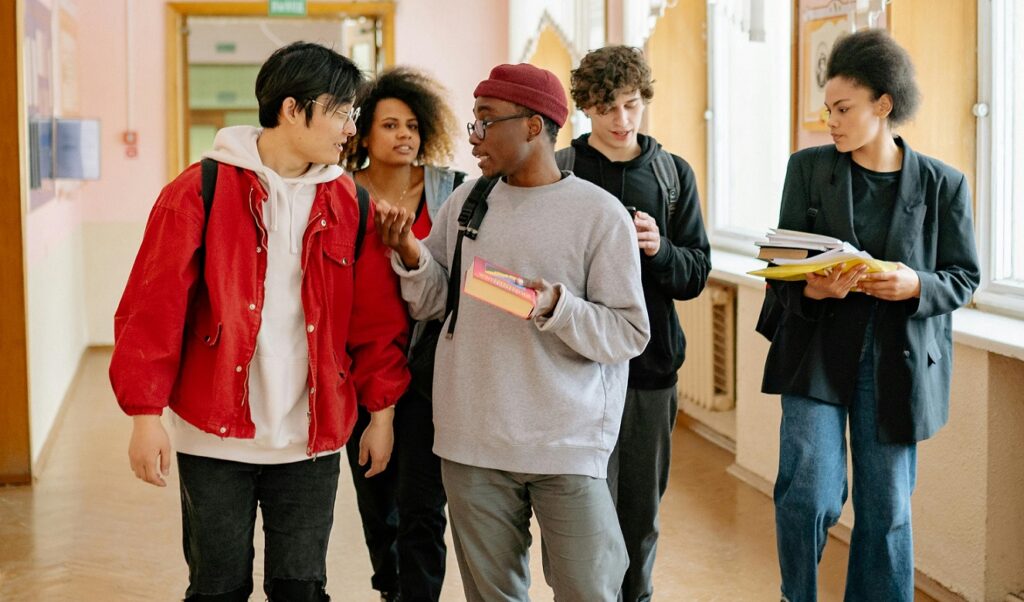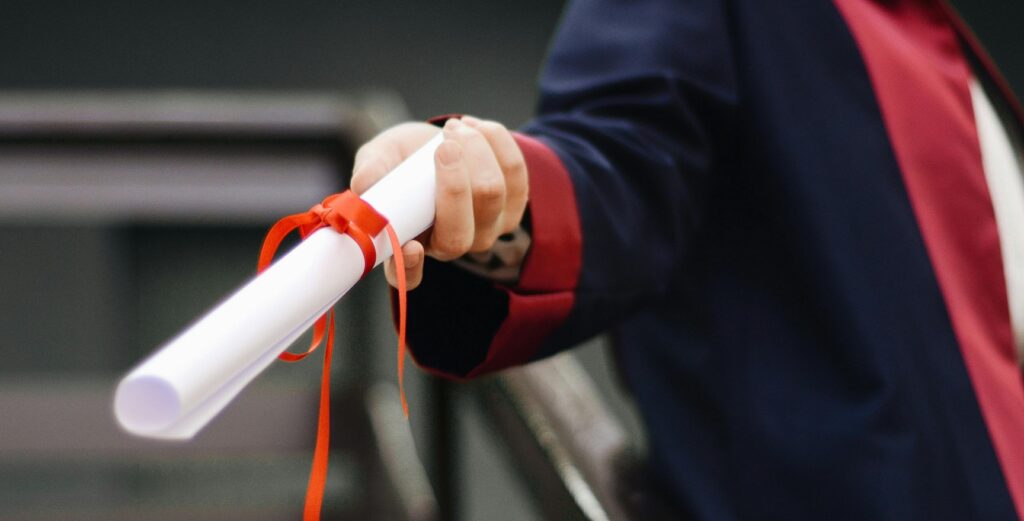Tagged Under:
How to Navigate Student Resilience
Help your students go from apprehension to applause with these tips on building their confidence through customization, collaboration and communication,
“Mr. Stinson, I’d like to play the oboe, but don’t seat me in the front row. Even though I’m the only oboist, I don’t want the oboe solos. Could you also make sure no one looks at me or hears me? And if I make mistakes, don’t mention them. If I sound good, don’t mention that either. In fact, please act as if I don’t exist. Oh, and can you order better reeds?”
This student’s request might seem extreme, but it highlights a growing trend. According to psychologist Jean Twenge‘s book, “Generation Me,” starting around 2006, kids have generally become more risk-averse. Below are some techniques I use that I have garnered from Twenge, as well as Carol S. Dweck’s “Mindset: The New Psychology of Success” and Ryan Holiday’s “The Obstacle is the Way: The Timeless Art of Turning Trials into Triumph.” Educators must come up with strategies to help students step cautiously yet confidently out of their comfort zones, especially in environments like school music rehearsals.

Balance Introversion and Extroversion
As educators, it’s our job to guide today’s kids beyond their comfort zones. While I still encounter students brimming with confidence — those who can’t wait to play a solo or relish being the center of attention — I’m increasingly meeting students reluctant to play, sing or even speak in class. Often, these students resort to having others ask questions for them.
Our aim is not to transform introverts into extroverts. We want to equip all students with the skills to advocate for themselves and actively participate. Some of our students might prefer solitude, while others sit silently, yearning to share their passions but feel hindered by nerves or by the complexities of being a young person. I know I was that person, and I’m thankful to my teachers for helping me work toward advocating for myself.

Build Resilience
Recently, I’ve dealt with some students who have trouble with basic face-to-face interactions, such as ordering at a fast-food restaurant during band trips. How can we nudge them into positive discomfort, and more importantly, inspire them to persevere toward goals, especially after experiencing setbacks?
Our aim isn’t to make professional musicians. We want to help students grow to understand themselves and handle the world around them. To do this, we combine knowledge of how people think with real-world teaching methods. We want to get students ready for the different challenges they’ll definitely encounter in life.
Cultivate Confidence in Small Groups
The rehearsal atmosphere must be more than just a place to practice music; it must be a sanctuary of sorts. If you find that the music itself isn’t resonating with a student, then explore alternative routes to connect with them. I was once told that there are worse things than selecting music that the kids like. Casual conversations about day-to-day topics — “What did you do over the weekend?” or “What are your favorite foods?” — can go a long way in building that crucial student-teacher rapport.
Be a little daring — gradually put more difficult pieces in front of the ensemble. The intention here is to coax and nurture a slow but steady development of skills, a resilience of sorts, in students. Remember: These selections don’t even have to be part of your concert repertoire. The point is to remove the element of a high-stakes performance, and allow them to just play.
Customize the Journey
Honor Individual Strengths and Interests: Not every student aspires to shine in the same way. While some may shy away from solo performances, they may excel at speaking in public. Rather than strictly funneling them toward musical solos, I encourage them to use their verbal talents for tasks like program notes or concert introductions. I’ve even seen such role diversification inspire other students to consider alternative ways to contribute to the musical community.

Understand Fight or Flight: I’ve told my students of my own paralyzing nervousness in 5th grade when faced with performing at church. My solution? I faked an illness to get out of it. Ironically, I didn’t have to go that far because I worked myself up to actually being sick. These anecdotes serve to remind students that even those of us who appear comfortable had to confront and overcome our fears.
Adaptation in Feedback: Feedback is not a one-size-fits-all mechanism. While some students can absorb an ongoing stream of constructive criticism, others may find their emotional bandwidth taxed at just three comments. In such cases, I’ve learned to cap my feedback at two points initially, regardless of how urgently more feedback might seem needed. I then gradually introduce additional positive comments over time, observing their receptiveness and adjusting accordingly.
Group Strategies for Comfort: Another tactic to make students more comfortable with solo performances is to initially divide them into sub-groups. Whether sorted by age, choice of instrument, or even shared experiences like having broken a bone, these smaller groups can serve as a softer introduction to performing alone. It’s a tactic that has dual benefits — it enhances performance comfort while also building a sense of community among students by highlighting shared experiences or interests.
The Dual Nature of Our Class: Our class is a blend of the personal and the professional. While the personal connection comes naturally through our shared love for music, the business part entails the constructive feedback required for improvement. I’ve even incorporated role-playing exercises where a student volunteers to play a passage, receives feedback and then applies it. We then discuss the interaction to clarify that constructive, even direct, feedback is not unkind or mean, but rather, it is essential for growth. When students experience this later “in real life,” they tend to understand that this is the process.
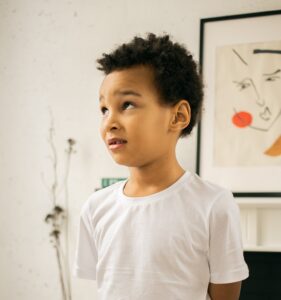
The Art of Making Mistakes: Mistakes should be normalized, not stigmatized. They are, after all, the clearest indicators of areas ripe for improvement. One idea that is effective is to feature a “common mistakes” segment in class, transforming what might be perceived as faults into constructive discussions for learning and growth. By doing this, we shift the focus from faults to improvement and resilience. Whenever possible, I try to have my kids listen to rehearsals or view behind-the-scenes footage of great works of art. We often are presented with finished products, falsely creating a sense that things come easier to others and that mistakes are not made.
Foster Holistic Development through Communication and Collaboration
Collective Learning and Performance Opportunities: To build confidence in students, I look for ways to make the learning experience collective and collaborative. Once, a colleague from outside the music department stopped by our rehearsal. Seizing the opportunity, I asked my students if they’d like to sight-read a piece for him. Half were eager, half were hesitant, but we went ahead anyway. After a typical sight-read session with all its hitches, Mr. Smith applauded the effort, leaving many students encouraged. What began as a tentative exercise turned into various sections of the band performing short excerpts for him. Sure, there were nerves, particularly among the younger players and those who I know have performance anxiety, but the collective atmosphere made individual participation less daunting. As a side note, Mr. Smith ended up spending half an hour instead of the two minutes he’d initially planned.

Reflection and Ongoing Improvement: After such activities, it’s essential to make time for reflection. Students should have the opportunity to identify their strengths and areas that require improvement. This not only validates their hard work but also reinforces the culture of continual growth that we want to cultivate.
Strategies for Resilience: Finally, it’s crucial to provide students with stress-management tools, ranging from simple breathing exercises to sharing personal stories and resilience strategies. Although skill development is vital, emotional resilience also plays a key role in creating a well-rounded learning environment. Don’t hesitate to share your own setbacks and the lessons you’ve learned from them. Doing so can often foster open dialogues, encouraging older students to share their own experiences and insights.
Final Tips
Balance Individual Needs with Collective Growth: Extreme cases are bound to arise in any educational setting — for example, students who are exceptionally sensitive to face-to-face interactions. It’s crucial to maintain a balanced approach in such situations. While it’s not your personal mission to “change” the student, you do have a responsibility to foster their educational development as a whole person. For instance, after calling a parent to inquire about their child’s reluctance to interact in class, I received an unexpected tip: my deep voice intimidated the student. I didn’t try to impersonate Mickey Mouse the next day, but I was more mindful about my tone and volume with that particular student.

The Fine Line of Personalization and Universal Learning Goals: The knee-jerk reaction to modern education problems might be to personalize learning to the extreme, catering to every student’s unique needs. However, that’s neither practical nor beneficial for the community at large. I’ve written on how essential it is to strike a balance. We aim to build positive relationships with our students while guiding them toward a realistic understanding of the world they’ll eventually navigate as adults. The goal isn’t to carve out special rules or conditions for every individual. Instead, we need to empower all students to maintain their unique identity while also acquiring the skills to adapt and advocate for themselves in various situations.
By integrating elements of communication, collective experiences, reflection and resilience into the teaching framework, we can create a more supportive and enriching experience for all students.
References
- Dweck, Carol S. (2006). “Mindset: The New Psychology of Success.” Random House.
- Holiday, Ryan. (2014). “The Obstacle is the Way: The Timeless Art of Turning Trials into Triumph.” Portfolio/Penguin.
- Twenge, Jean M. (2006). “Generation Me: Why Today’s Young Americans Are More Confident, Assertive, Entitled — and More Miserable Than Ever Before.” Free Press.










